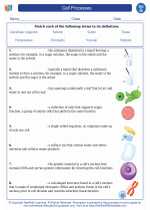Medium
In biology, a medium refers to the substance or material on which cells, tissues, or organisms are grown, studied, or experimented upon. The medium provides essential nutrients and conditions for the growth and survival of the organisms being studied.
Types of Medium
There are different types of media used in biological studies:
- Solid Medium: This type of medium contains a solidifying agent, such as agar, which allows for the growth of individual colonies of microorganisms.
- Liquid Medium: This medium is in liquid form and is used for the growth of microorganisms in suspension.
- Selective Medium: These media are designed to support the growth of certain types of organisms while inhibiting the growth of others.
- Differential Medium: These media allow for the differentiation of different types of microorganisms based on their growth patterns and biochemical characteristics.
- Enriched Medium: These media contain additional nutrients that support the growth of fastidious organisms that have complex growth requirements.
Components of a Medium
A typical medium contains the following components:
- Carbon Source: Such as glucose, which provides energy for the organisms.
- Nitrogen Source: Such as amino acids or ammonium salts, which are essential for protein synthesis.
- Minerals: Such as salts of potassium, magnesium, and phosphate, which are required for various metabolic processes.
- Water: Essential for all biochemical reactions and maintaining the osmotic balance.
- Agar (in solid medium): Provides a solid matrix for the growth of microorganisms.
Uses of Medium in Biology
Media are used in various biological studies and applications, including:
- Culturing Microorganisms: To isolate and grow bacteria, fungi, and other microorganisms for study and experimentation.
- Cell Culture: To grow and maintain cells derived from plants, animals, or microorganisms for research and biotechnological applications.
- Drug Testing: To test the effects of drugs and chemicals on cells or organisms.
- Bioremediation: To study and facilitate the degradation of pollutants by microorganisms.
Study Guide for Medium in Biology
When studying media in biology, it is essential to understand the composition and uses of different types of media. Students should also be familiar with techniques for preparing and sterilizing media, as well as aseptic techniques for working with cultures. Additionally, understanding the principles of selective and differential media, and the interpretation of growth patterns on these media, is crucial for microbiological studies.
Here are some key points to remember when studying media in biology:
- Understand the components of a typical growth medium and their roles in supporting the growth of organisms.
- Be able to differentiate between different types of media and their specific uses in biological studies.
- Learn the techniques for preparing, sterilizing, and storing different types of media.
- Understand the principles of aseptic technique and how to work with cultures in a sterile manner.
- Be familiar with the interpretation of growth patterns on selective and differential media.
By mastering the concepts and techniques related to media in biology, students can effectively conduct experiments and research in microbiology, cell biology, and other related fields.
.◂Biology Worksheets and Study Guides High School. Cell processes
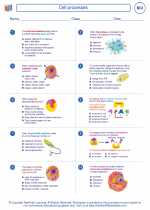
 Worksheet/Answer key
Worksheet/Answer key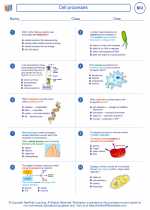
 Worksheet/Answer key
Worksheet/Answer key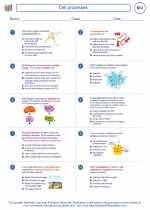
 Vocabulary/Answer key
Vocabulary/Answer key
 Vocabulary/Answer key
Vocabulary/Answer key
 Vocabulary/Answer key
Vocabulary/Answer key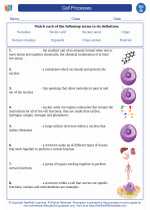
 Vocabulary/Answer key
Vocabulary/Answer key
 Vocabulary/Answer key
Vocabulary/Answer key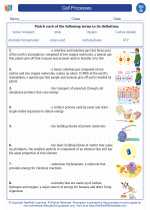
 Vocabulary/Answer key
Vocabulary/Answer key
 Vocabulary/Answer key
Vocabulary/Answer key